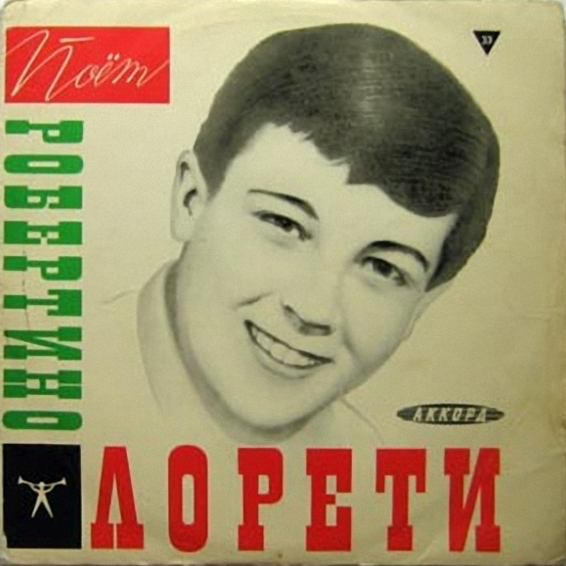Sowjetische Estrada und VIA in italienischen Stiefeln (1960er-1970er)
DOI:
https://doi.org/10.17892/app.2021.00013.272Schlagworte:
VIA, Estrada, Rezeption, italienische und sowjetische populäre Musik, Adaption, MusikzeitschriftenAbstract
In der Sowjetunion galt Italien als das Land der Musik schlechthin. Dort studierten sowjetische Estrada-SängerInnen Musik oder nahmen an Musikfestivals teil (Festival di Napoli, Sanremo); überdies trugen die guten politischen Beziehungen zwischen der KPdSU und der Kommunistischen Partei Italiens und die Beliebtheit des Italienischen Neorealismus der Entstehung einer Italomanie bei, die sich noch heute beobachten lässt. In den 1960er Jahren wurden die italienische populäre Musik und die neapolitanische canzone in der UdSSR intensiv rezipiert. Ende der 1960er bzw. Anfang der 1970er Jahre spielte diese Rezeption sogar eine entscheidende Rolle in der Entstehung der sowjetischen VIAs. Mithilfe der Analyse von Songs, Albumcovern und Flexis aus populären Zeitschriften untersucht der Beitrag die Modi der Rezeption italienischer populärer Musik in der UdSSR an drei Beispielen: Anna Germans Verbreitung neapolitanischer Musik in der sowjetischen Estrada-Szene; Robertino Loretis sowjetischer Kanonisierung als ‚der Sänger der Sterne‛; Gianni Morandis und Marino Marinis Einfluss auf die Musik und die Ästhetik der zwei ersten sowjetischen VIAs: Poiushchie gitary und Orera.

Downloads
Veröffentlicht
Zitationsvorschlag
Ausgabe
Rubrik
Lizenz
Copyright (c) 2021 Apparatus. Film, Medien und digitale Kulturen in Mittel- und Osteuropa

Dieses Werk steht unter der Lizenz Creative Commons Namensnennung 4.0 International.
Die Beiträge in Apparatus sind unter https://creativecommons.org/licenses/by/4.0/ publiziert. Diese Lizenz kann nicht auf die zitierten Medien angewendet werden, diese unterliegen den Bedingungen der individuellen Nutzungsrechte.
Die Autor/innen besitzen uneingeschränktes Urheberrecht und verfügen ohne Vorbehalt über ihre Veröffentlichungsrechte.





